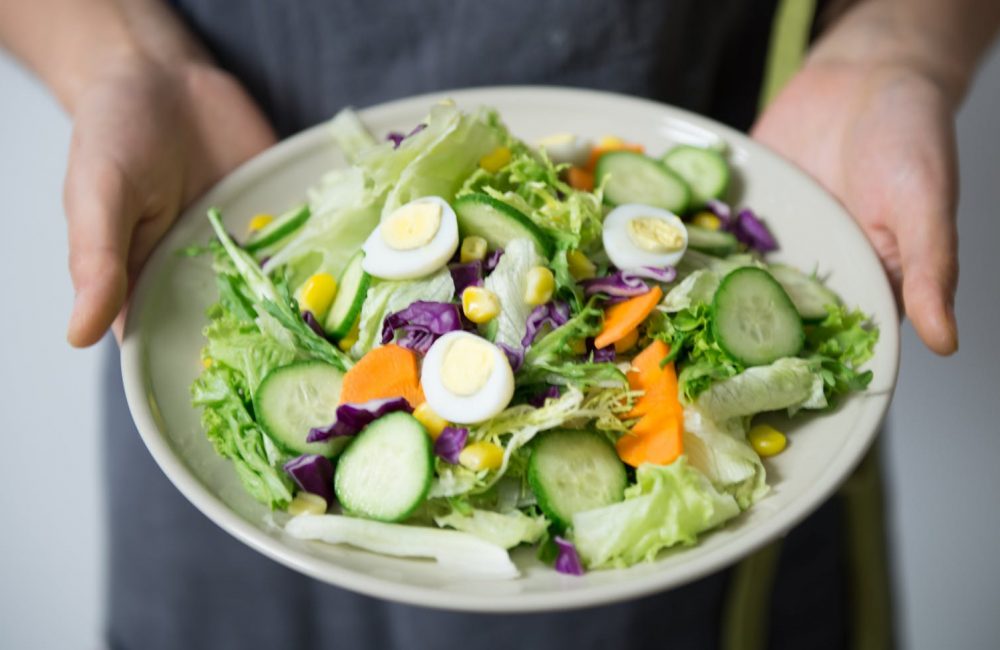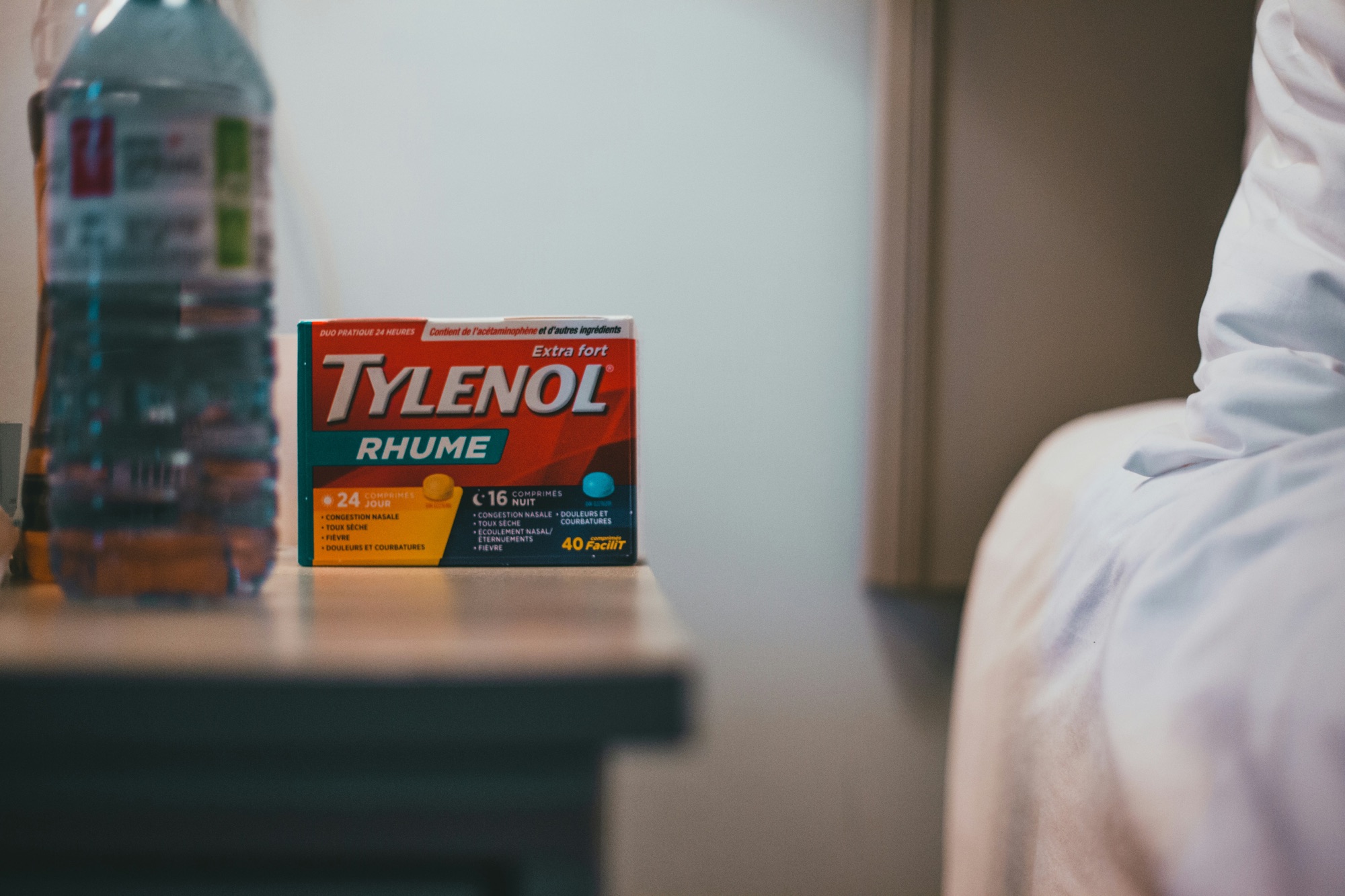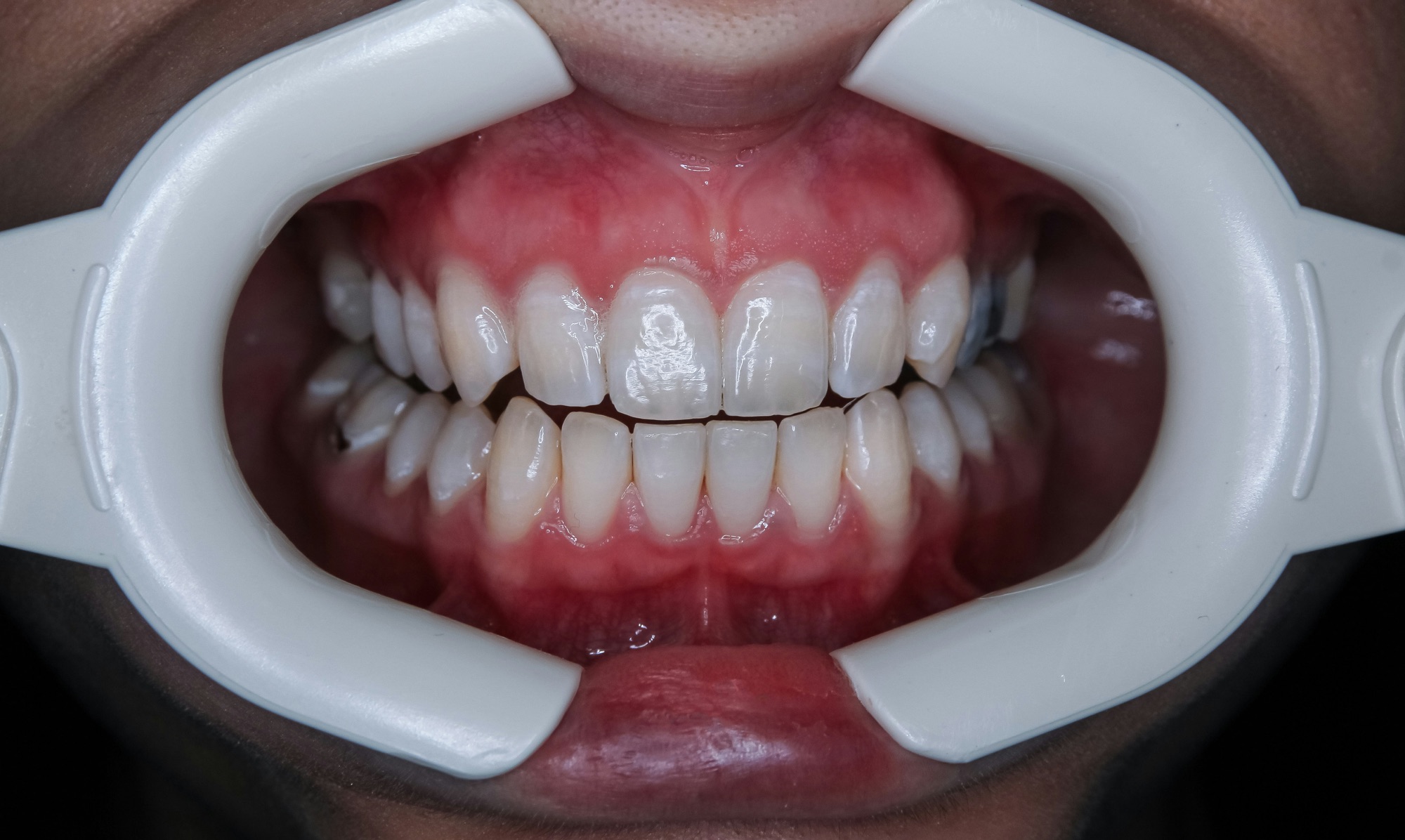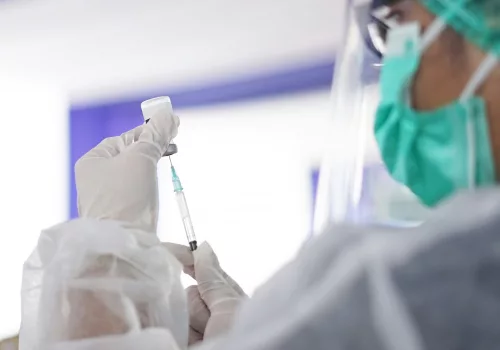Hypertension (high blood pressure) is a common condition that affects many older adults and can increase the risk of heart disease, stroke, kidney damage, and other health issues. Managing blood pressure is crucial for maintaining overall health and reducing the likelihood of complications. One of the most effective ways to control hypertension is through proper dietary choices and nutrition.
This article provides comprehensive dietary and nutrition recommendations tailored for older adults suffering from hypertension, focusing on foods that lower blood pressure, reduce sodium intake, and promote heart health.
1. Follow the DASH Diet
The DASH diet (Dietary Approaches to Stop Hypertension) is a well-researched eating plan specifically designed to reduce high blood pressure. It emphasizes a diet rich in fruits, vegetables, whole grains, and lean proteins, while limiting sodium, saturated fats, and added sugars.
Key Components of the DASH Diet:
- Fruits and Vegetables: Aim for 4-5 servings of both fruits and vegetables per day. These foods are rich in potassium, magnesium, and fiber, all of which help lower blood pressure.
- Whole Grains: Choose whole grains like brown rice, whole wheat bread, oats, and quinoa to promote heart health and improve digestion. Whole grains are also high in fiber, which can help reduce cholesterol levels.
- Lean Proteins: Incorporate lean proteins such as chicken, fish, tofu, and beans. Fish, particularly fatty fish like salmon and mackerel, are high in omega-3 fatty acids, which help reduce inflammation and lower blood pressure.
Why It’s Important: The DASH diet is designed to reduce sodium intake while increasing nutrients that actively lower blood pressure, making it highly effective for managing hypertension.
2. Limit Sodium Intake
Sodium is a major contributor to high blood pressure, and reducing your sodium intake can have a significant impact on controlling hypertension. The American Heart Association recommends limiting sodium to 1,500 mg per day for people with hypertension, especially older adults.
Ways to Reduce Sodium Intake:
- Avoid Processed Foods: Packaged and processed foods, such as canned soups, snack foods, processed meats, and frozen meals, are often high in sodium.
- Cook at Home: Preparing meals at home allows you to control how much salt is added to your food. Use herbs, spices, and other salt-free seasonings to enhance flavor without sodium.
- Read Labels: Look for low-sodium or no-salt-added products. Check nutrition labels for sodium content, as many foods can contain hidden sodium even if they don’t taste salty.
Why It’s Important: Reducing sodium intake helps decrease water retention and lowers blood pressure, protecting against cardiovascular complications.
3. Increase Potassium Intake
Potassium is a key mineral that helps balance the effects of sodium and relaxes blood vessel walls, reducing blood pressure. Older adults with hypertension should aim to consume 4,700 mg of potassium daily through diet.
Potassium-Rich Foods:
- Leafy greens like spinach, kale, and Swiss chard.
- Bananas, oranges, and avocados.
- Sweet potatoes, squash, and tomatoes.
- Beans, lentils, and kidney beans.
Why It’s Important: Increasing potassium intake helps balance sodium levels in the body, reducing blood pressure and supporting heart health.
4. Eat More Calcium-Rich Foods
Calcium plays an important role in regulating blood pressure, especially in older adults. A lack of calcium can increase the risk of hypertension. Including more calcium-rich foods in your diet can help maintain healthy blood pressure levels.
Calcium-Rich Foods:
- Low-fat dairy products like yogurt, milk, and cheese.
- Fortified plant-based milks like almond milk and soy milk.
- Leafy greens like collard greens and bok choy.
- Tofu and fortified cereals.
Why It’s Important: Adequate calcium intake supports healthy blood vessel function and can help prevent high blood pressure from worsening.
5. Increase Magnesium Intake
Magnesium helps regulate blood pressure by supporting vascular tone and promoting healthy blood flow. Many older adults do not get enough magnesium in their diets, which can contribute to hypertension. Increasing magnesium intake through diet can help lower blood pressure naturally.
Magnesium-Rich Foods:
- Nuts and seeds like almonds, pumpkin seeds, and sunflower seeds.
- Legumes such as black beans, lentils, and chickpeas.
- Whole grains like oats, quinoa, and brown rice.
- Leafy greens, broccoli, and artichokes.
Why It’s Important: Magnesium relaxes blood vessels, helping reduce blood pressure and improve overall cardiovascular health.
6. Consume Healthy Fats
Fats play a significant role in heart health, and consuming the right types of fats can help lower blood pressure. Unsaturated fats, particularly omega-3 fatty acids, support heart health by reducing inflammation and improving blood vessel function. Avoiding trans fats and limiting saturated fats is crucial for managing hypertension.
Healthy Fat Sources:
- Olive oil, avocado oil, and canola oil.
- Fatty fish like salmon, mackerel, sardines, and tuna.
- Nuts, seeds, and avocados.
Why It’s Important: Healthy fats reduce inflammation, improve blood vessel elasticity, and lower cholesterol, all of which contribute to lower blood pressure.
7. Include More Fiber
A diet rich in fiber helps control blood pressure and supports overall heart health by reducing cholesterol levels and promoting healthy digestion. Soluble fiber can help reduce LDL (bad) cholesterol, while insoluble fiber promotes regular bowel movements.
High-Fiber Foods:
- Whole grains like barley, oats, and quinoa.
- Legumes like lentils, black beans, and chickpeas.
- Fruits like apples, pears, berries, and oranges.
- Vegetables like broccoli, carrots, and Brussels sprouts.
Why It’s Important: Fiber helps maintain healthy blood pressure levels by improving cholesterol levels and promoting a healthy digestive system.
8. Limit Caffeine and Alcohol
Excessive consumption of caffeine and alcohol can raise blood pressure, so it’s important for older adults with hypertension to consume these substances in moderation.
Recommendations:
- Limit caffeine intake to less than 400 mg per day (about 3-4 cups of coffee). Consider switching to decaffeinated beverages or herbal teas.
- Limit alcohol intake to no more than one drink per day for women and two drinks per day for men. Excessive alcohol can raise blood pressure and interfere with hypertension medications.
Why It’s Important: Reducing caffeine and alcohol intake helps prevent spikes in blood pressure and supports overall heart health.
9. Drink Plenty of Water
Staying hydrated is crucial for overall health, but it’s especially important for individuals with hypertension. Dehydration can cause blood vessels to constrict, leading to increased blood pressure. Older adults should aim to drink at least 6-8 glasses of water per day.
Hydration Tips:
- Carry a reusable water bottle to remind you to drink water throughout the day.
- Choose herbal teas or infused water if plain water is unappealing.
- Eat water-rich foods like cucumbers, watermelon, and oranges.
Why It’s Important: Proper hydration helps keep blood vessels relaxed, supports healthy circulation, and reduces the risk of high blood pressure.
10. Limit Processed Sugars
Excessive intake of processed sugars can contribute to obesity and insulin resistance, both of which are risk factors for high blood pressure. Reducing the consumption of sugary foods and beverages can help manage weight and prevent spikes in blood pressure.
Recommendations:
- Avoid sugary snacks like candy, pastries, and sugar-sweetened beverages.
- Opt for natural sweeteners like honey or maple syrup, but use them sparingly.
- Focus on whole foods, such as fresh fruits, to satisfy your sweet cravings.
Why It’s Important: Limiting processed sugars helps control weight and reduces the risk of metabolic conditions that can raise blood pressure.
11. Eat Smaller, Balanced Meals
Large meals, especially those high in salt or fat, can cause temporary spikes in blood pressure. Eating smaller, balanced meals throughout the day helps regulate blood pressure and promotes better digestion. Balance each meal with lean proteins, whole grains, healthy fats, and plenty of vegetables.
Meal Planning Tips:
- Eat 5-6 smaller meals throughout the day to maintain energy and regulate blood pressure.
- Include fruits, vegetables, and whole grains in every meal.
- Avoid overeating by using smaller plates and practicing portion control.
Why It’s Important: Eating smaller, balanced meals helps keep blood pressure stable and supports healthy digestion, preventing blood pressure spikes.
Conclusion: Diet for Hypertension Management in Older Adults
Managing hypertension through diet is essential for improving quality of life and reducing the risk of cardiovascular complications. By following the DASH diet, reducing sodium intake, increasing key nutrients like potassium, magnesium, and calcium, and making smart choices about fats and hydration, older adults can significantly lower their blood pressure and protect their heart health.
Incorporating these dietary changes not only helps reduce hypertension but also supports overall vitality, ensuring better long-term health for older adults. Always consult with a healthcare provider or dietitian to create a tailored nutrition plan that best suits your individual needs and health goals.






